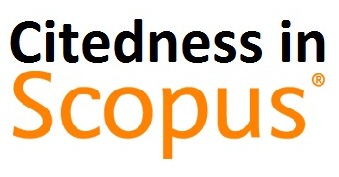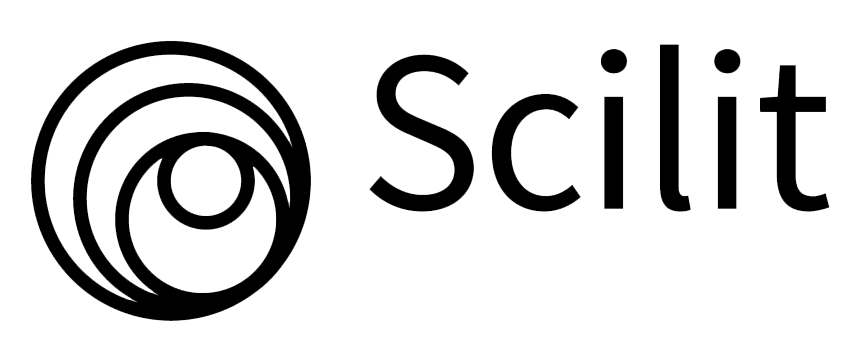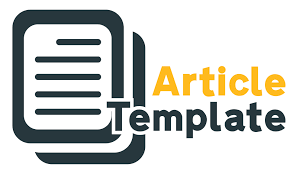Application of The K-Means Clustering Method To Search For Potential Tourists of Bendesa Hotel
DOI:
https://doi.org/10.38043/tiers.v4i1.4297Keywords:
Data Mining, Characteristics, Hotels, Clusters, K-MeansAbstract
Hotels play a significant role in the growth of global tourism. With intense competition in the hotel industry, hotels are shifting their focus from solely providing superior services to identifying potential tourists. In a previous study, the J48 algorithm was employed to extract hotel transaction patterns, achieving an accuracy level of 71.6418% by considering gender and age characteristics[1]. In a separate study, foreign guest ratings by province were classified into three clusters. The study concluded that nearly 90% of provinces in Indonesia exhibit low levels of tourism, supported by the analysis of the number of tourists staying, as reported by the statistical center[2]. To identify potential tourists who can bring benefits to the hotel, hotel managers can utilize the k-means algorithm. In this study, a data mining process was conducted using data collected from tourists who stayed at the Bendesa Hotel. The process began with tourist segmentation using the K-means algorithm divided into clusters. Subsequently, the accuracy of the obtained data was calculated. This research employed room class as a reference value to discover tourist characteristics at the Bendesa Hotel. The results of applying the K-means model with 4 clusters indicated that the accuracy level for identifying potential tourists reached 84.4%.
Downloads
References
K. F. Apriyana, I. G. Komala Putra, and G. Indrawan, “Teknik Data Mining untuk Mendapatkan Pola Transaksi Hotel Bendesa dengan Algoritma J48,” SENAPATI, pp. 201–205. 2016.
R. Wulan Sari and D. Hartama, “Data Mining: Algoritma K-Means Pada Pengelompokkan Wisata Asing ke Indonesia Menurut Provinsi”. Seminar Nasional Sains & Teknologi Informasi (SENSASI). 2018.
A. Wahyuni and S. Anggraini, “Implementasi Algoritma J48 Data Mining Untuk Inovasi Bisinis Perhotelan Di Masa Pandemi Covid- 19”. Jurnal Ilmu Komputer dan Bisnis, vol. 13, no. 1, pp. 182–192. 2022.
T. Hardiani, “Analisis Clustering Kasus Covid 19 di Indonesia Menggunakan Algoritma K-Means”. Jurnal Nasional Pendidikan Teknik Informatika (JANAPATI), vol. 11, no. 2, pp. 156–165. 2022.
Sugiyono, Metode Penelitian Kuantitatif, Kualitatif, dan R&D. Bandung: Alfabeta. 2017.
L. Petra Refialy, H. Maitimu, and M. Soyano Pesulima, “Perbaikan Kinerja Clustering K-Means pada Data Ekonomi Nelayan dengan Perhitungan Sum of Square Error (SSE) dan Optimasi nilai K cluster”. Techno.COM, Vol. 20, No. 2. 2021.
R. Kesuma Dinata, N. Hasdyna, and N. Azizah, “Analisis K-Means Clustering pada Data Sepeda Motor”. Informatics Journal Vol. 5 No. 1. 2020.
K. Aprilia and F. Sembiring, “Analisis Garis Kemiskinan Makanan Menggunakan Metode Algoritma K-Means Clustering. SISMATIK (Seminar Nasional Sistem Informasi dan Manajemen Informatika). 2021.
A. Rohmah et al., “Implementasi Algoritma K-Means Clustering Analysis Untuk Menentukan Hambatan Pembelajaran Daring (Studi Kasus: Smk Yaspim Gegerbitung)”. SISMATIK (Seminar Nasional Sistem Informasi dan Manajemen Informatika). 2021.
Z. Nabila, A. Rahman Isnain, and Z. Abidin, “Analisis Data Mining Untuk Clustering Kasus Covid-19 Di Provinsi Lampung Dengan Algoritma K-Means”. Jurnal Teknologi dan Sistem Informasi (JTSI), vol. 2, no. 2, p. 100. 2021.
R. T. Vulandari, Data Mining: Teori dan Aplikasi Rapidminer. Yogyakarta: Gava Media. 2017.
Downloads
Published
How to Cite
Issue
Section
License
Copyright (c) 2023 I Gede Karang Komala Putra, I Gede Wahyu Surya Dharma

This work is licensed under a Creative Commons Attribution-ShareAlike 4.0 International License.





















